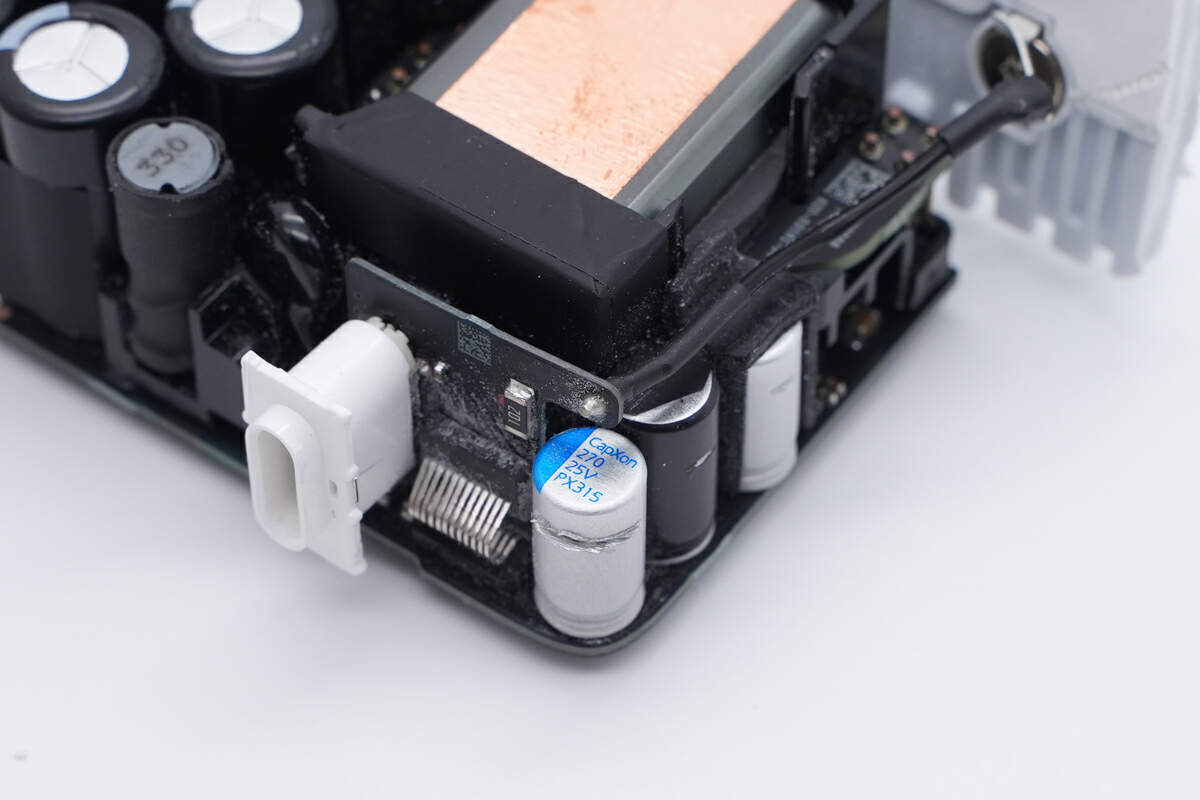Reply 40 of 52, by mockingbird
shevalier wrote on 2023-10-20, 15:41:Khm, its ESR looking like .... "brand new japonise LowESR capacitor"
And what`s the problem?
Maybe... but if it's out of spec it means the materials inside are degrading... So 20mOhm now perhaps, but maybe 500mOhms later if put into use. Polymer caps don't reform (read self-heal) like electrolytics do. Once they're out of spec, they're finished.
Hoping wrote on 2023-10-20, 15:45:Hopefully the current KZGs are better than those of the first decade.
There's no way to know. Yes, you can find KZGs that test within spec from 2014 (they're no longer made, you won't find any "current" ones), but unlike later Nichicon HM/HN/HZ which are all good, we don't know *which* KZG are good... Maybe one batch is, maybe one isn't. The KZGs in my ASRock I partially re-capped yesterday tested fine. I replaced them anyways. KZG should be replaced on-sight. The rest of the board had Samxon GK and a few Teapo SEK. Teapo SEK are generally ok, Samxon GK are batch dependant. I left them alone because they looked ok and were not located at the CPU VRM.
The electrolytic capacitors that I stopped distrusting years ago are the blue Rubycon ones from the 80s and maybe earlier, Amstrad uses them a lot in their computers and the two CPCs I have are one of the first 464 from 1984 and a 6128 from 1986, and they never failed.
Yes, the turquoise Rubycons and the old general purpose Panasonics seem indestructable.



